Embedded and validated control algorithms for the spacecraft rendezvous
Texte intégral
Figure
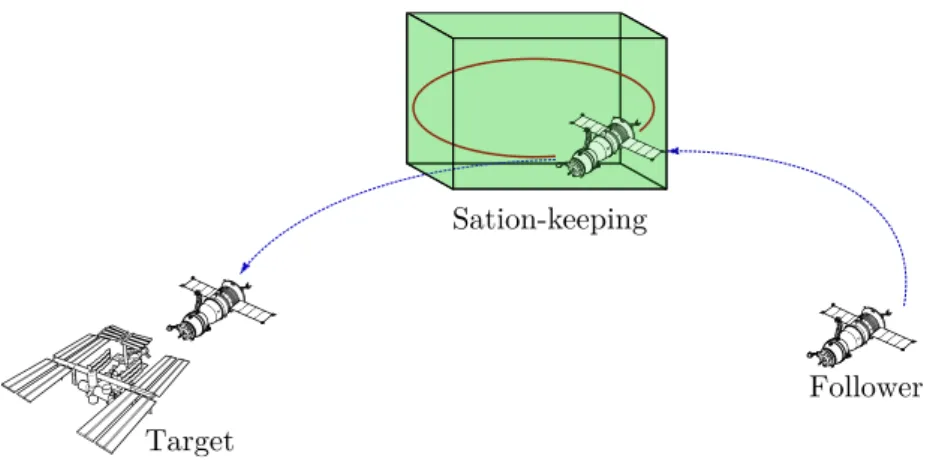
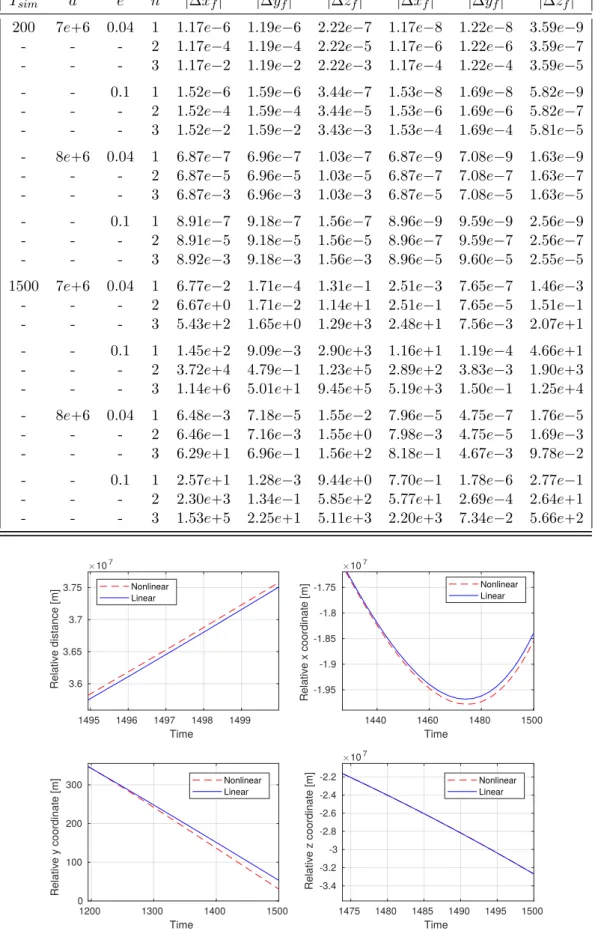
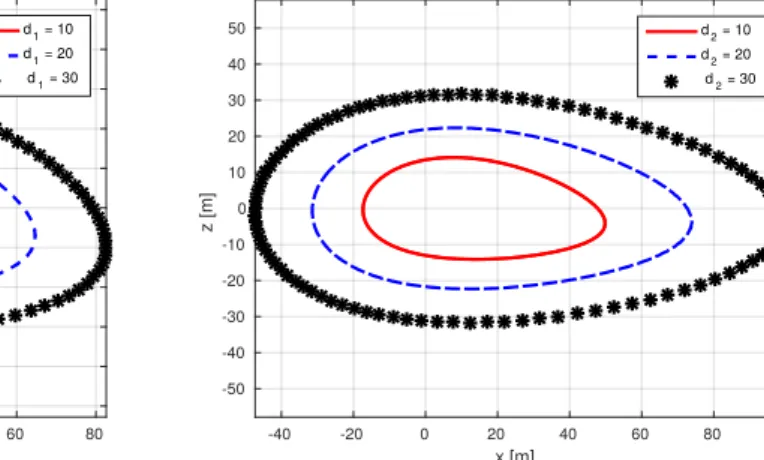
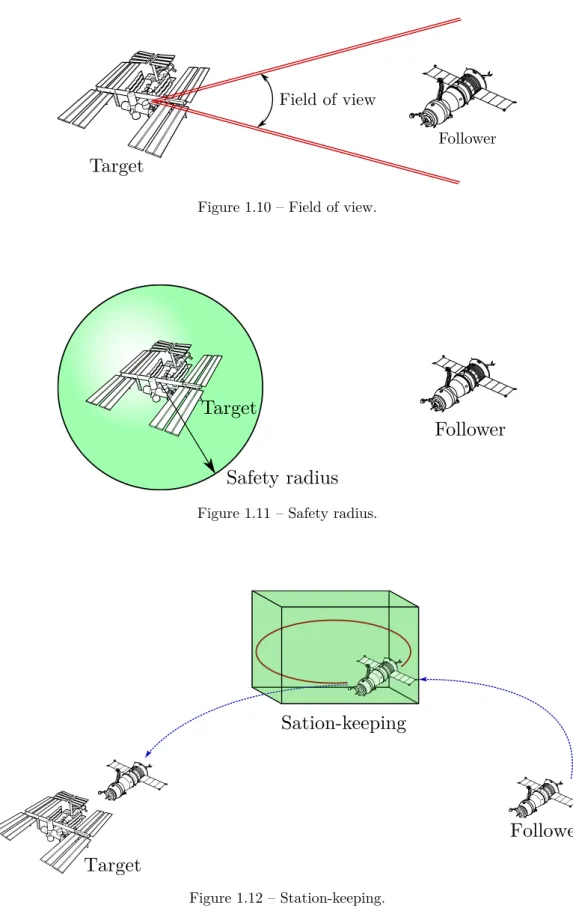
Documents relatifs
In [136] a relative position and attitude estimation approach for SFF was investigated, where coupled relative translational dynamics is derived to represent orbital motion of
As a whole, this thesis provides new tools to better study the natural phenomena both in the univariate case, where compactly supported non-stationary models offer more flexibility,
The discrete-time SEMPP representation provides an effi- cient means of performing likelihood analyses of multiple simultaneously-recorded neurons using an mGLM algorithm for
A more comprehensive view would consider the following: rationale or objectives of performance indicators; stakeholders involved; balancing the use and reporting of
A more general idea is to relate the product structure of an optimal control problem with non-injectivity of the inverse problem via decomposition of the orbital diffeomorphism in
Multiple inputs (Appendix A) representing orbital motion at the front and rear foils and sea surface at the center of gravity of the craft were used to test
a relative position and attitude estimation approach for SFF was investigated, where coupled relative translational dynamics is derived to represent orbital motion of arbitrary
At first glance, such a representation is relevant with respect to the oscillation stability problem for complete separable ultrahomogeneous metric spaces because it provides a
![Figure 2.4 – Example of “football” orbit not centered at the target spacecraft (source [ 106 ], Fig](https://thumb-eu.123doks.com/thumbv2/123doknet/2103896.7761/52.892.175.698.692.984/figure-example-football-orbit-centered-target-spacecraft-source.webp)
![Figure 2.5 – Relative trajectories satisfying safety and visibility constraints (source [ 33 ], Fig](https://thumb-eu.123doks.com/thumbv2/123doknet/2103896.7761/53.892.133.788.99.549/figure-relative-trajectories-satisfying-safety-visibility-constraints-source.webp)
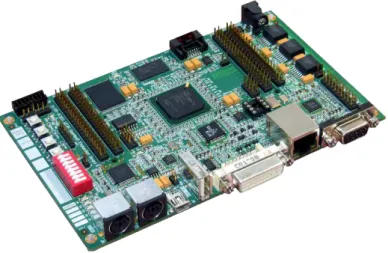
![Table 2.1 – Scenarios Parameters a [m] e ν 1 [rad] ∆ν [rad] N ∆V [m/s] 6777280 0.00039 π π {2 5 2 Initial states [m,m/s] X 01 pν 1 q “ r 400, 300, ´40, 0, 0, 0s T X 02 pν 1 q “ r ´800, 600, 200, 0, 0, 0s T X 03 pν 1 q “ r ´1500, 1300, 150, 0, 0, 0s T X 04 pν 1 q “ r 5000, 1300, 500, 0, 0, 0s T Space constraints [m] x “ 50, x “ 150, y “ ´25, y “ 25, z “ ´25, z “ 25](https://thumb-eu.123doks.com/thumbv2/123doknet/2103896.7761/69.892.239.662.247.514/table-scenarios-parameters-initial-states-pn-space-constraints.webp)

